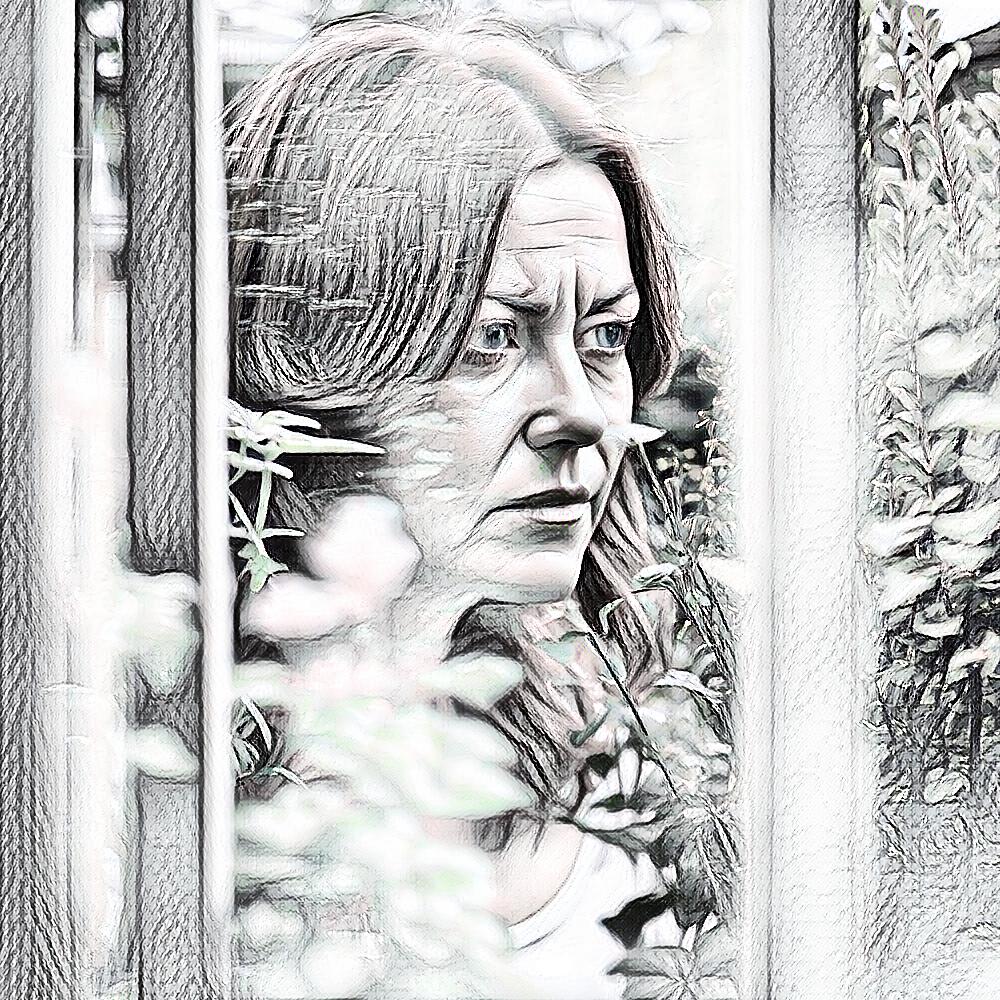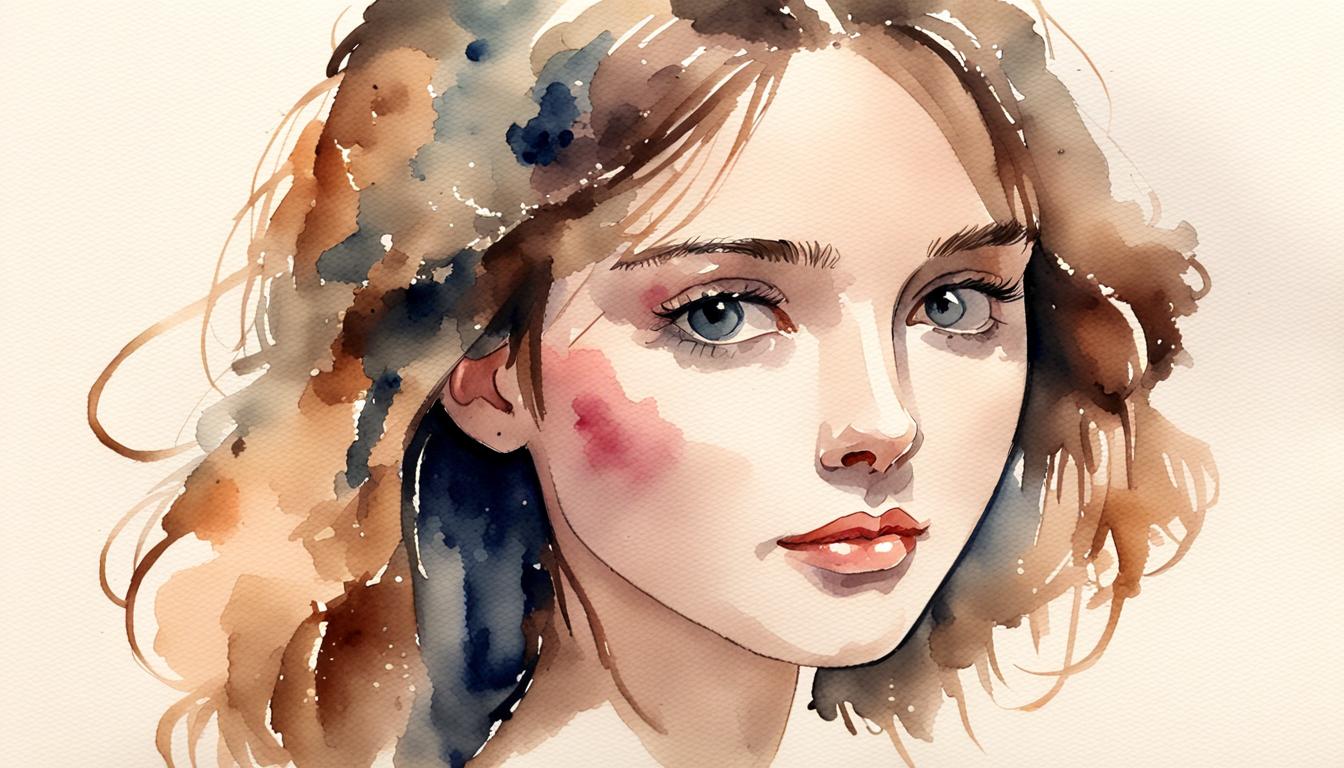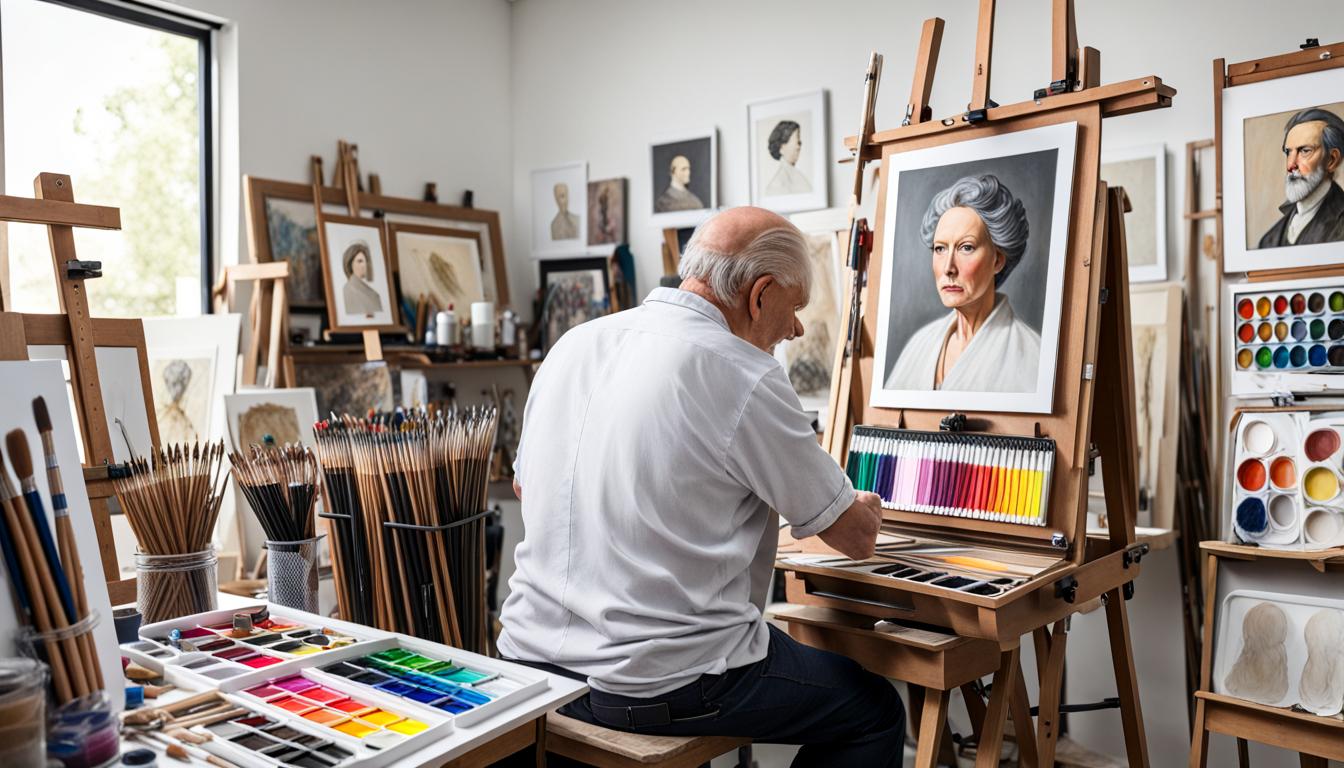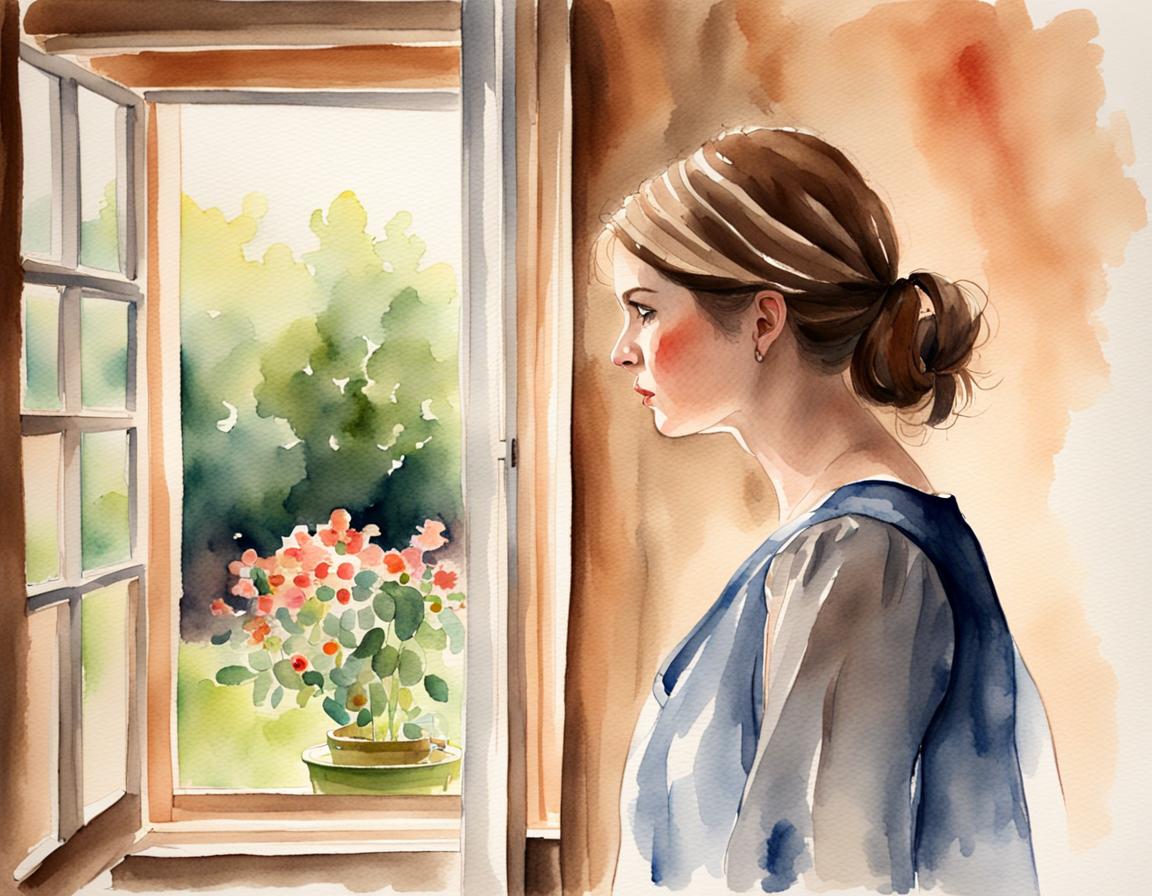Art has always been a medium of expression, allowing artists to capture emotions, tell stories, and immortalize moments. Among the many art forms, watercolor painting stands out for its delicate and ethereal quality. The flowing colors and translucent layers create a unique visual experience that is both captivating and enchanting.
One of the most fascinating applications of watercolor is in the realm of portraiture. In this article, we will explore the art of transforming photos into exquisite watercolor portraits, delving into the techniques, tools, and secrets behind this mesmerizing process.
The Magic of Watercolor Portraits
Watercolor portraits possess a certain charm that is unmatched by other mediums. The softness of the colors and the subtle blending techniques used in watercolor painting create a dreamlike quality, lending a sense of nostalgia and emotional depth to the artwork. By transforming a photograph into a watercolor portrait, artists are able to breathe life into the image, infusing it with their own interpretation and creative vision. The end result is a truly unique and personalized artwork that captures not only the physical likeness but also the essence of the subject.
The Process of Creating Watercolor Portraits
Creating a watercolor portrait requires a combination of technical skill and artistic intuition. Here is a step-by-step guide on how to transform a photograph into a stunning watercolor masterpiece:
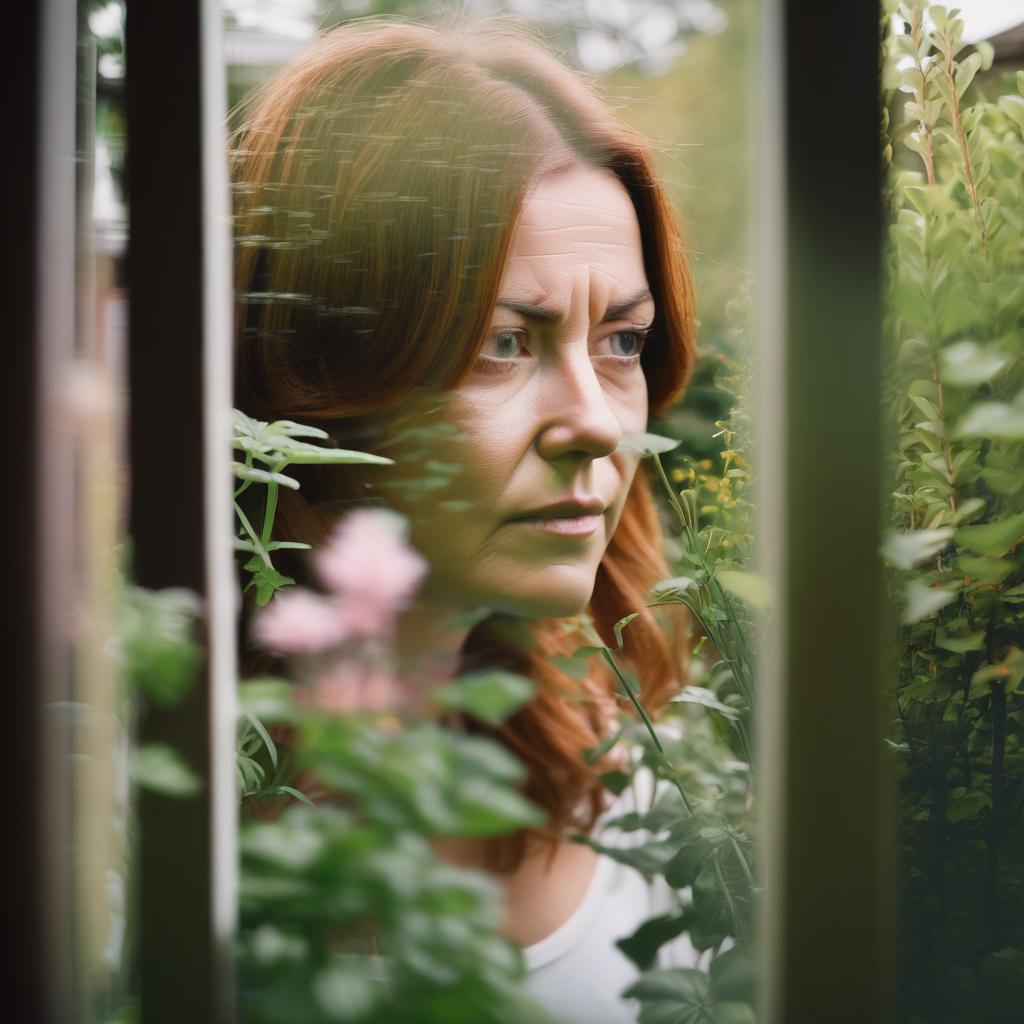
- Choosing the Right Photograph: Selecting the perfect photograph is crucial for a successful watercolor portrait. Look for a photo that is well-lit, high-resolution, and showcases the subject’s unique features and expressions. Consider the composition, lighting, and overall mood of the image.
- Sketching the Outline: Start by lightly sketching the outline of the subject onto the watercolor paper. Take time to capture the proportions and facial features accurately. Use a pencil with a light touch to avoid leaving visible marks after the painting process.

- Building Layers of Color: Begin adding layers of color to the portrait, starting with the lightest hues and gradually building up to the darker tones. Use a wet-on-wet technique for a softer, blended effect. Experiment with different brush strokes and techniques to create texture and depth in the painting.
- Gathering the Materials: To begin the transformation, gather all the necessary materials. This includes watercolor paper, a range of high-quality watercolor paints, brushes of various sizes, water containers, and a mixing palette.
- Emphasizing Details: Once the initial layers are dry, focus on adding details to the portrait. Pay attention to the eyes, lips, and other defining features of the subject. Use fine brushes to achieve precision and add highlights and shadows to create dimension.
- Refining the Painting: Step back periodically to evaluate the painting as a whole. Make any necessary adjustments to ensure accuracy and balance in the composition. Continuously assess the values, colors, and overall harmony of the artwork.
- Adding the Finishing Touches: To complete the watercolor portrait, add the final touches that bring the painting to life. This includes refining the background, adding subtle washes, and enhancing the overall contrast and vibrancy of the colors.
- Preserving and Displaying the Artwork: Once the painting is dry, apply a fixative spray to protect the watercolor from smudging or fading. Consider framing the artwork to showcase it in all its glory. Display it in a well-lit area away from direct sunlight to ensure its longevity.
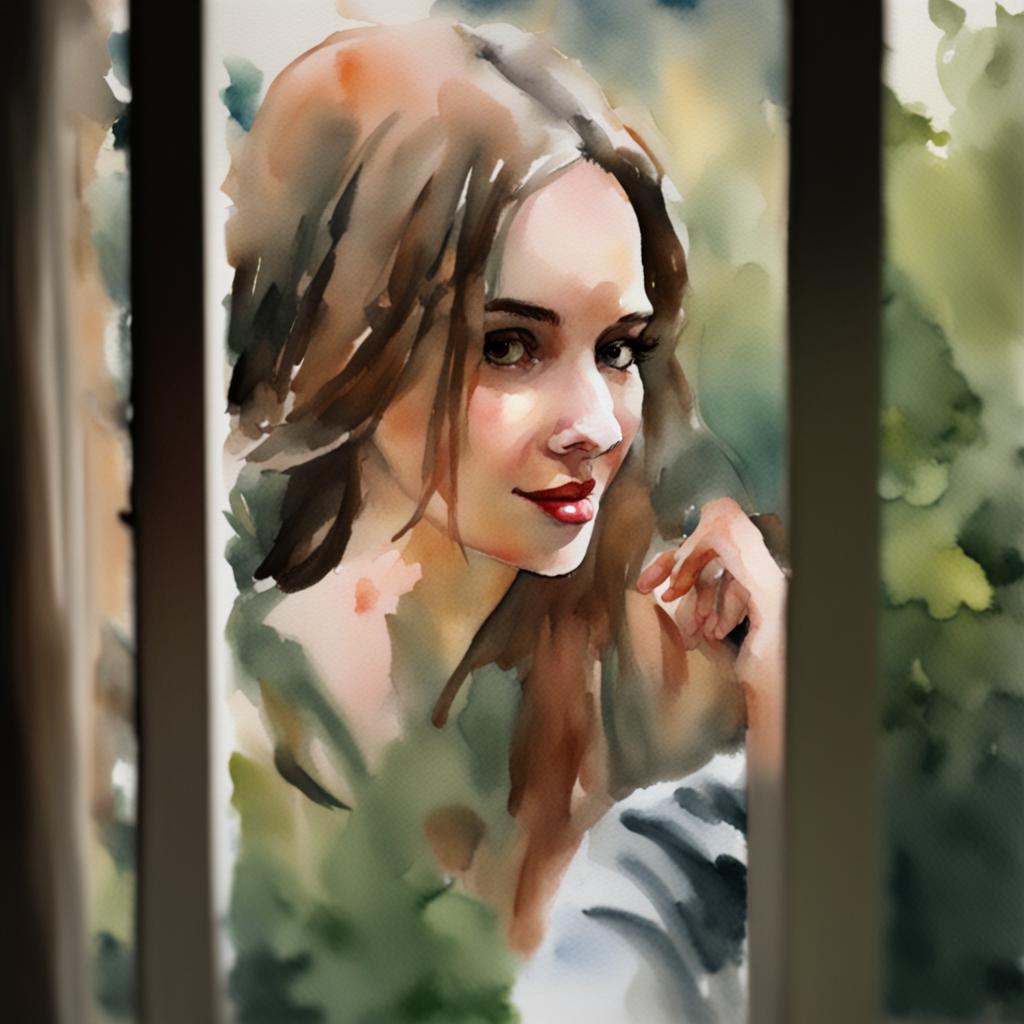
In conclusion, watercolor portraits are a captivating and expressive form of art that can transform ordinary photographs into exquisite and personalized masterpieces. By following the step-by-step process and incorporating various techniques, artists can unlock the magic of watercolor and create stunning artworks that evoke emotion and capture the essence of the subject. Whether it’s a cherished memory, a loved one, or a beloved pet, watercolor portraits have the power to immortalize these moments in a truly enchanting way. So grab your brushes, unleash your creativity, and let the colors flow as you embark on a journey to create your own watercolor masterpieces.
Frequently Asked Questions about Watercolor Portraits
- Q: What type of paper is best for watercolor portraits?
A: The ideal paper for watercolor portraits is heavyweight watercolor paper, preferably with a smooth or slightly textured surface. This type of paper allows for better control of the watercolor pigments and prevents excessive absorption. - Q: Can I use reference photos for watercolor portraits?
A: Yes, using reference photos is common practice in watercolor portraiture. They serve as a guide for capturing accurate proportions, details, and nuances of the subject. However, artists should strive to add their own personal touch and interpretation to create a unique artwork. - Q: How can I achieve realistic skin tones in watercolor portraits?
A: Achieving realistic skin tones requires a delicate balance of colors and layering. Start with a light wash of a warm color like yellow ochre or raw sienna as the base tone. Gradually layer additional colors such as burnt sienna, rose madder, and cerulean blue to create depth and variation in skin tones. - Q: What are some essential techniques for creating texture in watercolor portraits?
A: Some essential techniques for creating texture in watercolor portraits include dry brushing, lifting, splattering, and glazing. These techniquesadd texture and visual interest to the painting, enhancing the overall realism and depth of the artwork. - Q: How do I choose the right color palette for a watercolor portrait?
A: Choosing the right color palette involves considering the skin tone, lighting conditions, and overall mood of the portrait. A limited palette of warm and cool colors can be used to create harmony and balance. Experiment with mixing colors to achieve the desired tones and values.
Remember, creating watercolor portraits requires practice, patience, and a willingness to experiment. Each artwork is a reflection of the artist’s unique style and interpretation. So embrace the beauty and unpredictability of watercolors, and let them guide you in the process of transforming photos into exquisite artworks.
Note: For further inspiration and guidance, consider enrolling in watercolor portrait workshops, exploring online tutorials, and studying the works of renowned watercolor portrait artists.
Resources:
- Watercolor Painting Techniques
- Choosing the Right Watercolor Paper
- Mastering Watercolor Portraits: Online Course
- Famous Watercolor Portrait Artists
Now, armed with the knowledge and techniques shared in this article, you are ready to embark on your journey into the captivating world of watercolor portraits. Unleash your creativity, let your imagination soar, and watch as your photos come to life in stunning and mesmerizing ways.
Happy painting!
